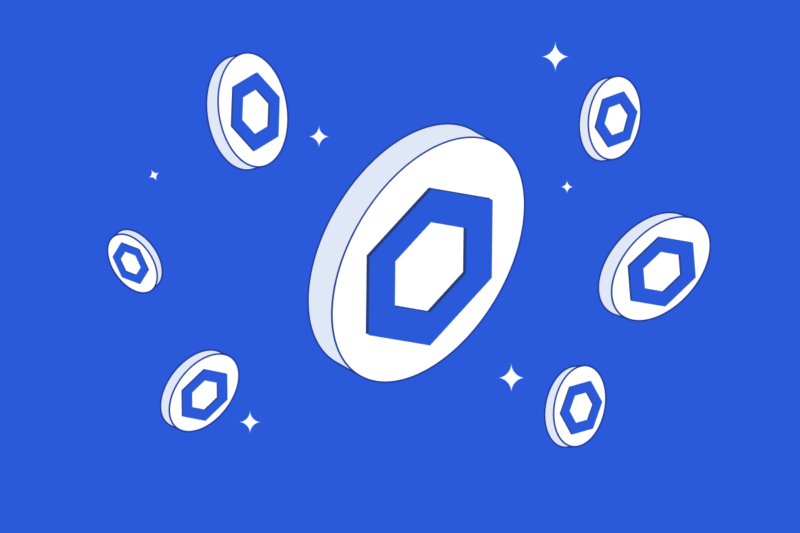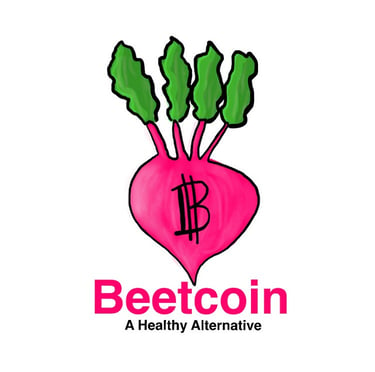Chainlink's Token (LINK)
How the token powers the ecosystem
8/18/20253 min read


The LINK token serves to enable the vast range of services offered by Chainlink Labs such as cross chain interoperability as well as oracle service networks among other fundamental services. In order to utilise the range of Chainlink services, LINK tokens are required to be paid to node operators, the exact amount will depend on the gas fees. In order to run a Chainlink node, a certain amount of LINK tokens are required to be staked. The LINK token is key to the functionality of the Chainlink ecosystem as well as funding developments such as the new and radical Metalayer, which serves to largely absolve abstraction, allowing developers to focus more on dApp development, increasing development efficiency
The total supply of Chainlink tokes are 1 billion LINK tokens, there are currently a circulating supply of 670 million (approximately two thirds of the total). The token allocation goes as follows; Public token sale was made up of 350 million (35%) LINK tokens, Node operators and ecosystem was also 350 million tokens (35%) and the remaining 300 million LINK tokens (30%) was allocated to the Chainlink Labs team for operations, development, strategic initiatives and team incentives. According to Kraken, the emission rate for Chainlink is estimated to be approximately 70 million LINK tokens per year, reaching full supply around 2030 at a total capped supply of 1 billion tokens.
The utility for the LINK token includes payment for oracle services, staking, governance and collateral for node operators. The cost for oracle price data feeds are sponsored by Chainlink Labs and are free. For custom data feeds such as for niche asset classes, node operators must be paid in link by the customer. Gas costs are still relevant for querying data on the Ethereum chain.
The Chainlink VRF or verifiable random function service costs a fixed base fee of 0.25 LINK plus gas
The Chainlink CCIP (cross chain interoperability protocol) costs between 5-20 LINK depending on the chain of origin and the destination chain
Customised oracle jobs for specialised data such as sports and weather will cost between 10 and 100 LINK tokens per request. The clients requesting the data communicate directly with Chainlink node operators
Value Proposition of the LINK token
With a fixed supply of 1 Billion tokens and known inflation rate, the Chainlink token offers token holders a reliable schedule of token release as well as a total capped supply. Token demand is created through the exponentially growing utilisation of Chainlink's growing range of oracle services. A designated portion of LINK payments are burned, creating a deflationary token model. The strategic LINK reserve (SLR) was launched, which tightens supply in a different way, as some of the LINK paid for oracle services is taken from the market and deposited within the strategic LINK reserve, effectively acting as a soft burn as the supply is reduced contributing to upwards pressure on the price of LINK tokens. In addition, with staking tokens a requirement for node operators, more link is effectively taken off the market contributing towards upwards price pressure
Conclusion
Overall the LINK token functions to support and grow the ecosystem through thoroughly thought out models and plans such as the LINK reserve as well as mechanisms within place in order to remove LINK tokens from the market such as burns, the strategic LINK reserve as well as staking which all contribute to upwards price momentum. The LINK token serves a key function within the Chainlink ecosystem, enabling oracle services to be available for smart contracts to utilise, contributing to a large expansion of the possibilities of smart contracts leading to cascading effects for the utilisation of Chainlink services. This will contribute directly and indirectly to increasing demand for Chainlink tokens, and with limited supply, it can only be theorised what the outcome might be..


Get in Touch
We'd love to hear from you! Reach out for questions, feedback or other enquiries
Reach
info@bitesizedblockchain.com
Bite Sized is not affiliated with these brands in any way





Grab your daily web 3 byte
